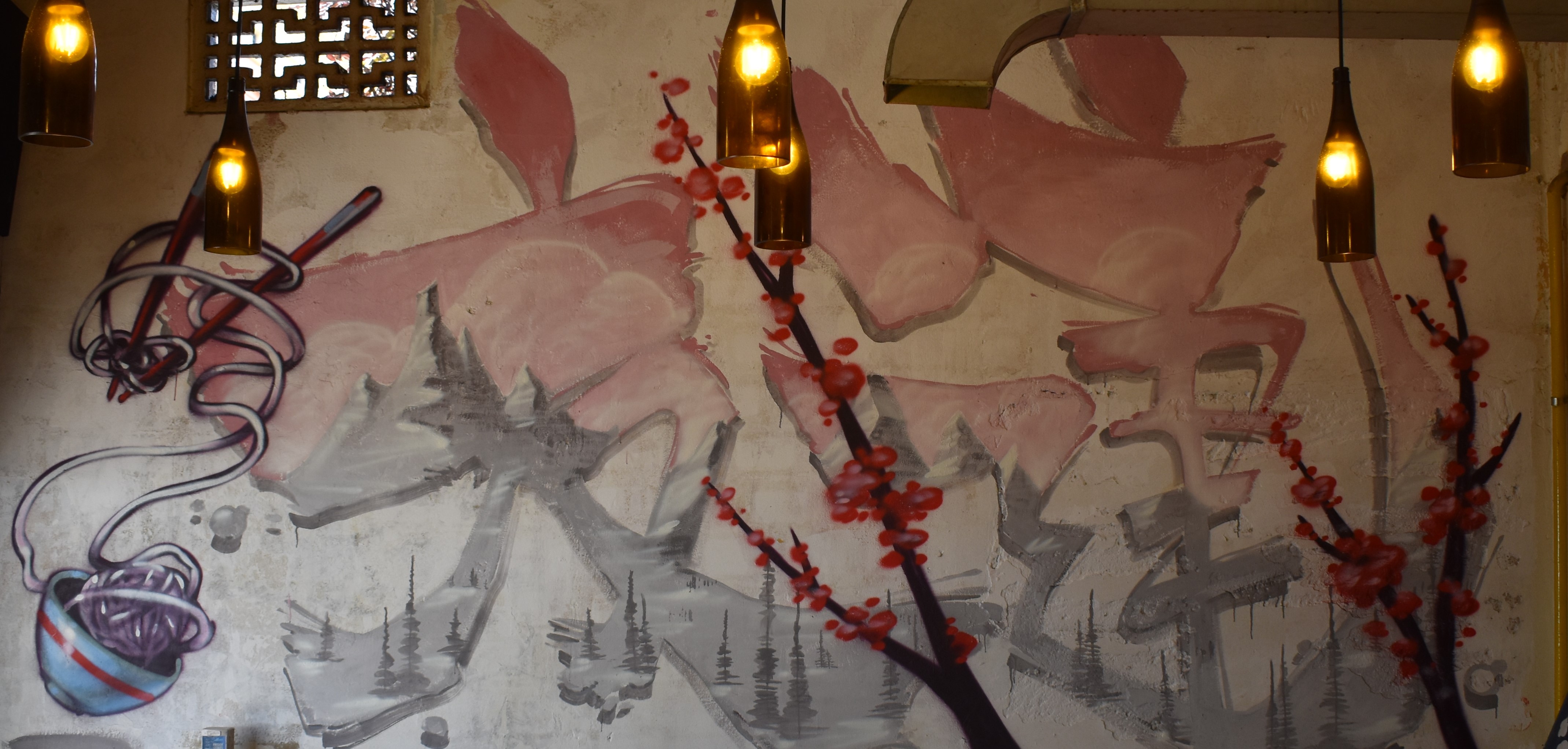Entering a Japanese restaurant and leafing through the menu can be a bit confusing if your’e there for the first time. The language is different, the cutlery is different. There might be a bar but it might also be a sushi bar. (Don’t panic, there will also be a bar bar)

To help amp your confidence when you eat Japanese food, we reached out to Hanif Rehemtulla of Yujo and Yatai lab to ask your questions, confirm some of our suspicions and get an education on the what’s and why’s of noodles. You’re welcome!
For some of us, ‘noodles’ means the off the shelf kind that you cook for 3 minutes. But nothing with that much preservative can be good for you in the long run, right?
H: Think of our handmade Ramen Noodles like hand made Italian pasta. They are much healthier than something that’s made to be put in a package that will travel a long time before getting eaten. To keep packaged products affordable, poor quality ingredients are often used in their manufacture. On the flipside, our ingredients are quite simple.
The dough is rolled through this cool little machine to make the noodles
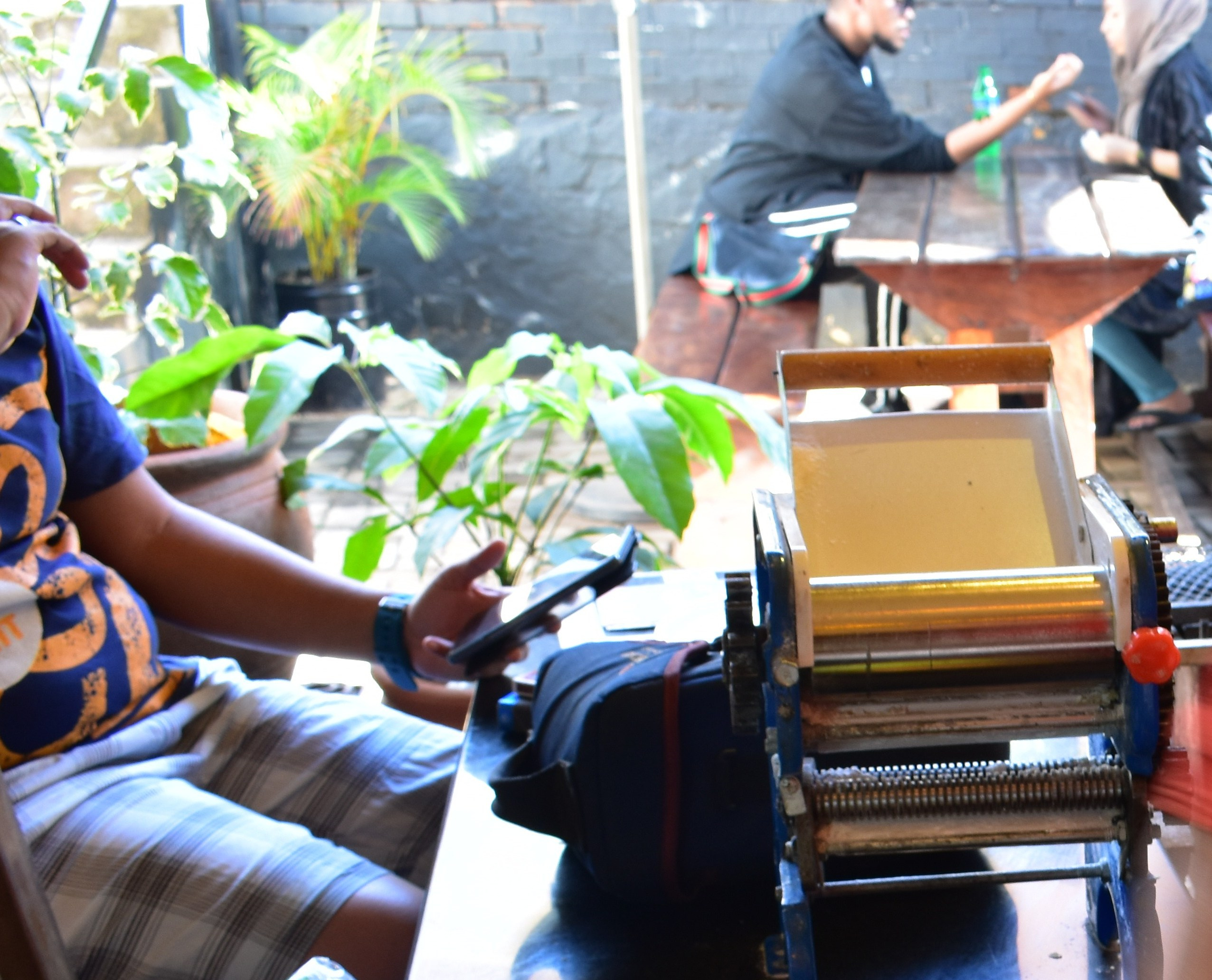
If you pass by on a good day, you will be able to catch the machine in action.
H: We select ingredients that come from as close to our locality as possible. We roll them through a machine by hand, and limit the number of ingredients that go in. We are strict about the quality. The noodles have a blend of local grain products (flour and brand), water, kansui (an alkaline based water solution to give the noodles their springy texture and chewiness), and light seasoning. Though this seasoning does include a little salt to bring out the flavours, we limit the quantity of it and use salt that is “low in sodium.”
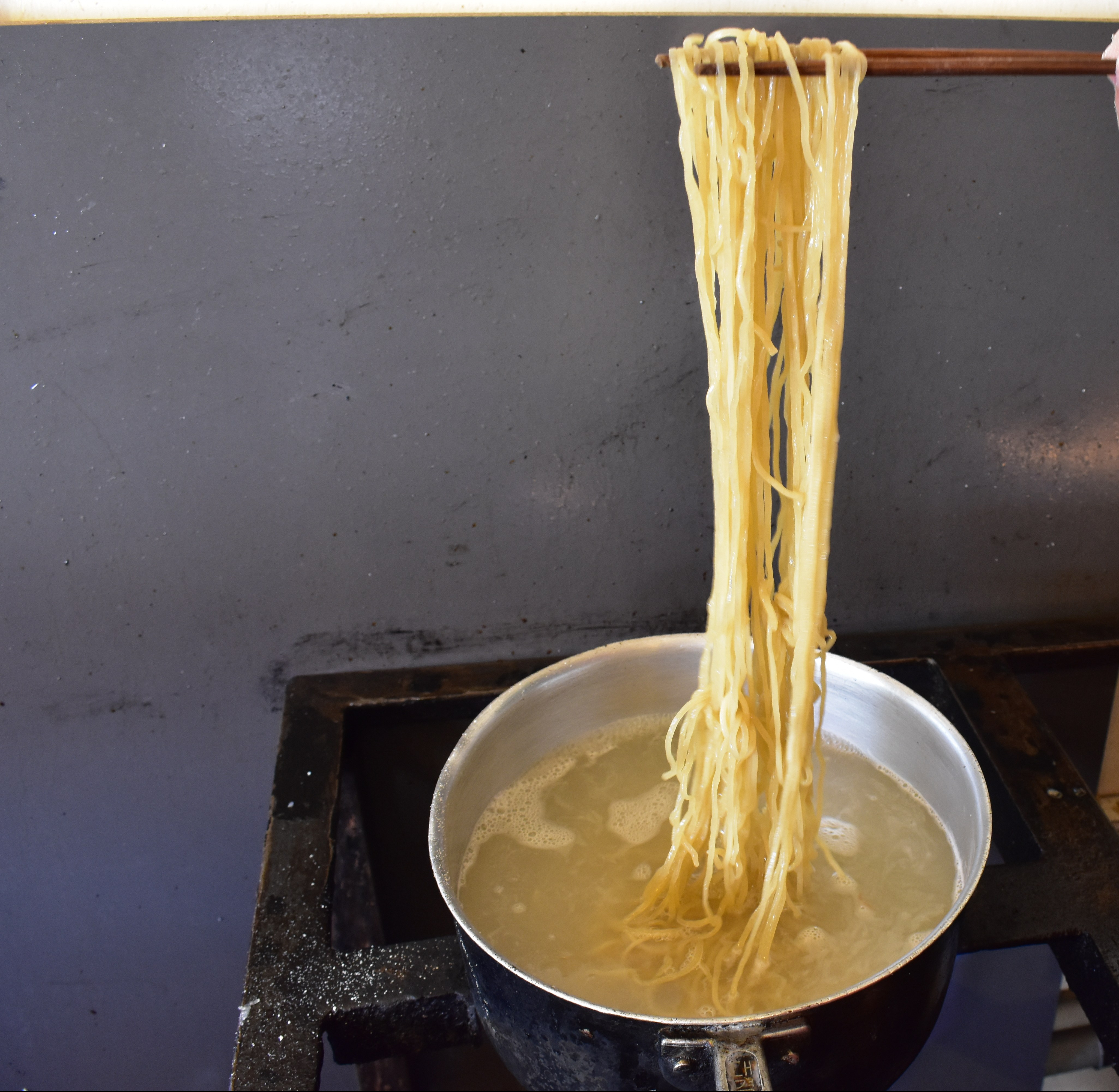
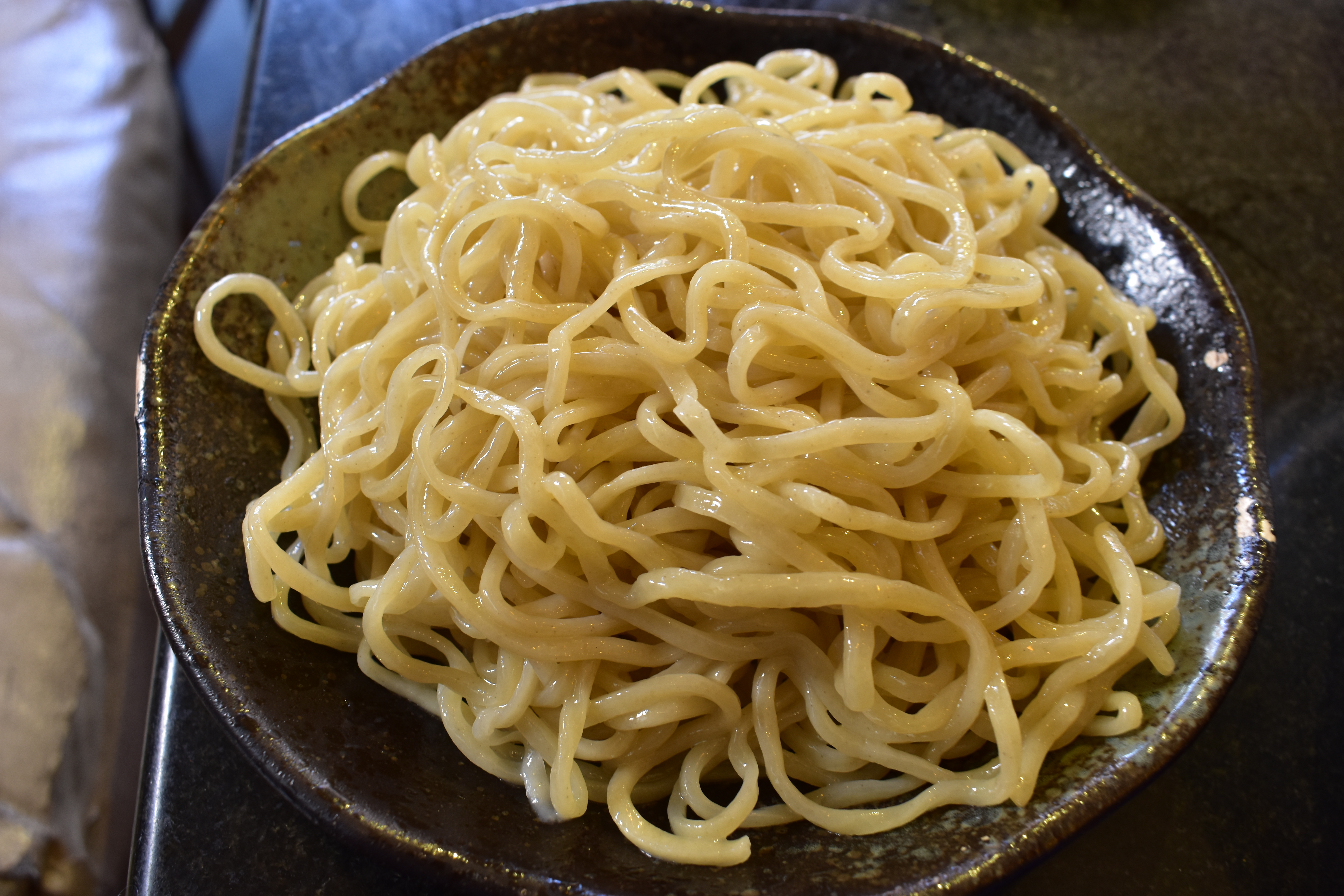
How do you eat noodles? They should be eaten hot, right
H: There are a variety of reasons why a bowl of Ramen should be eaten quickly. Firstly, the soup was intended to be tasted at the temperature that it was served. Though it’s ok for it to cool a few degrees, once it comes down too far, the taste will be completely changed, like many Ugandan beers! Regarding the noodles, since the soup broth is so hot, the noodles will continue to cook if they just sit in there. It would be like when you boil pasta at home and leave them in there instead of straining them. They would get mushy and lose their springy texture that our noodle factory team worked so hard to achieve. Then, the other ingredients like the toppings would get soaked with soup and also lose their appeal.
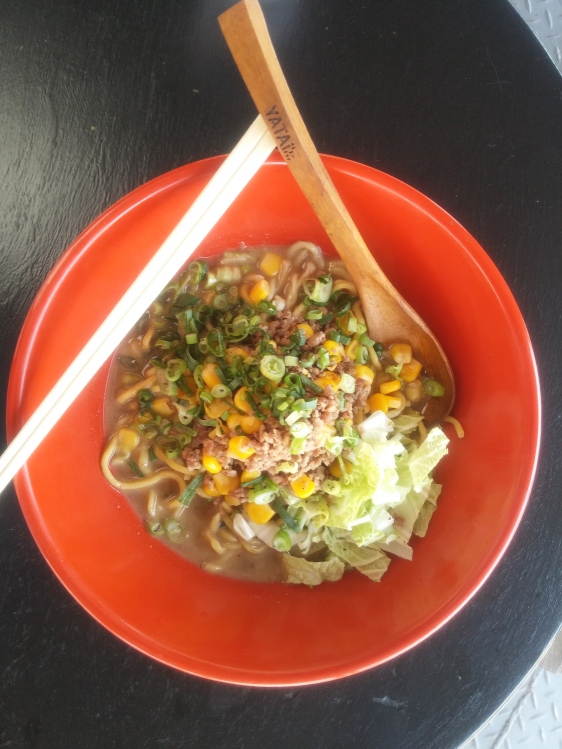
H: That’s why if we make a delivery order, which we advise against, we separate noodles and toppings from the soup. The soup is to be reheated separately and the noodles and toppings added in before eating.
Can you share a dish with a friend?
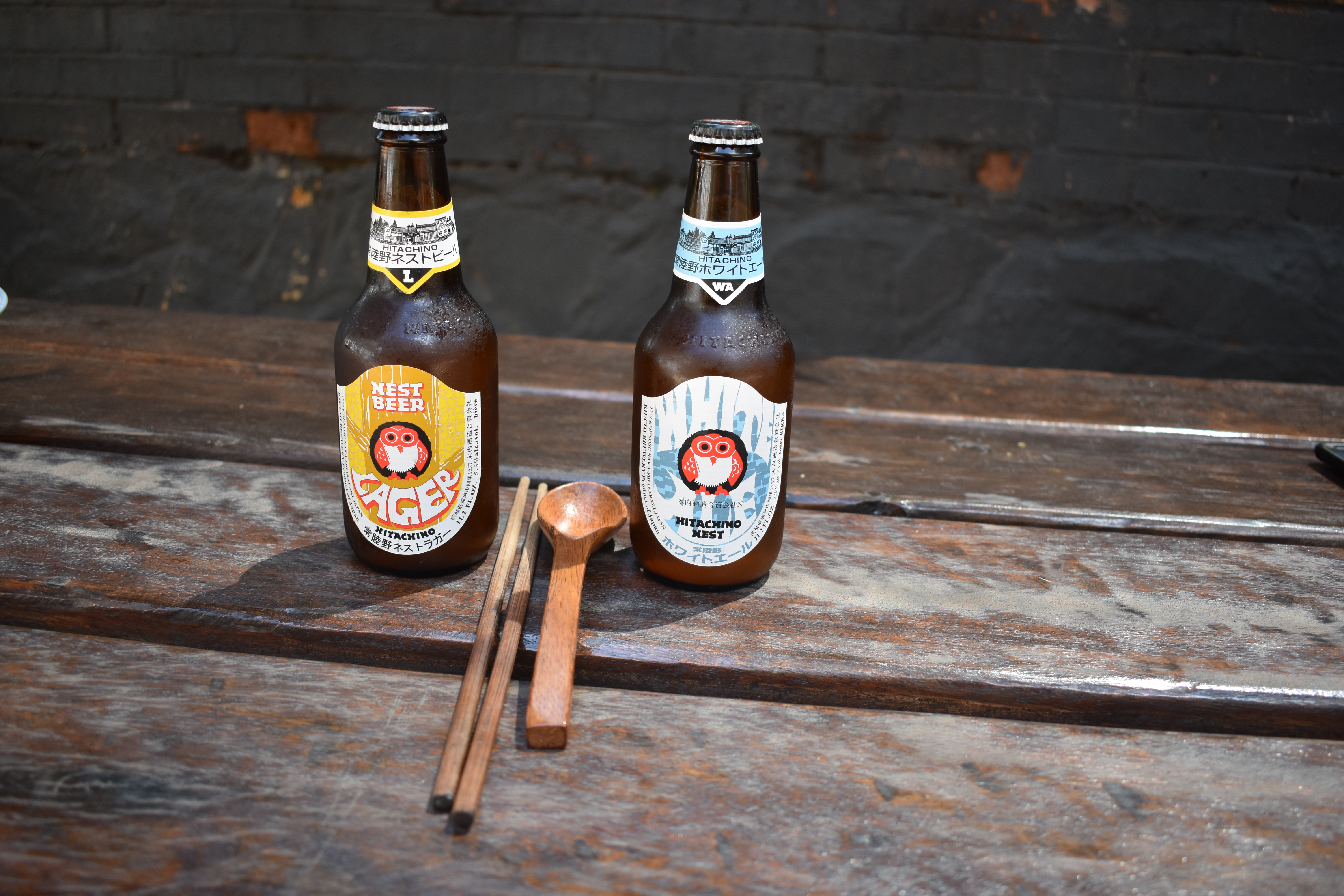
H: The temperature of the bowl and the way the toppings are organized for you is done so particularly, why would we want to spoil it? If we are pouring boiling hot soup around the table, transferring toppings, it’s likely that by the time you start eating, you will have a hot mess on your hands.
This is not to say that there is no way to share an order. We plan to offer a smaller portion for those with lighter appetites in the future, you can ask the service team to have the chef divide the portion into two bowls when he is preparing.
I got mine with a spoon and chopsticks, can you use a fork?
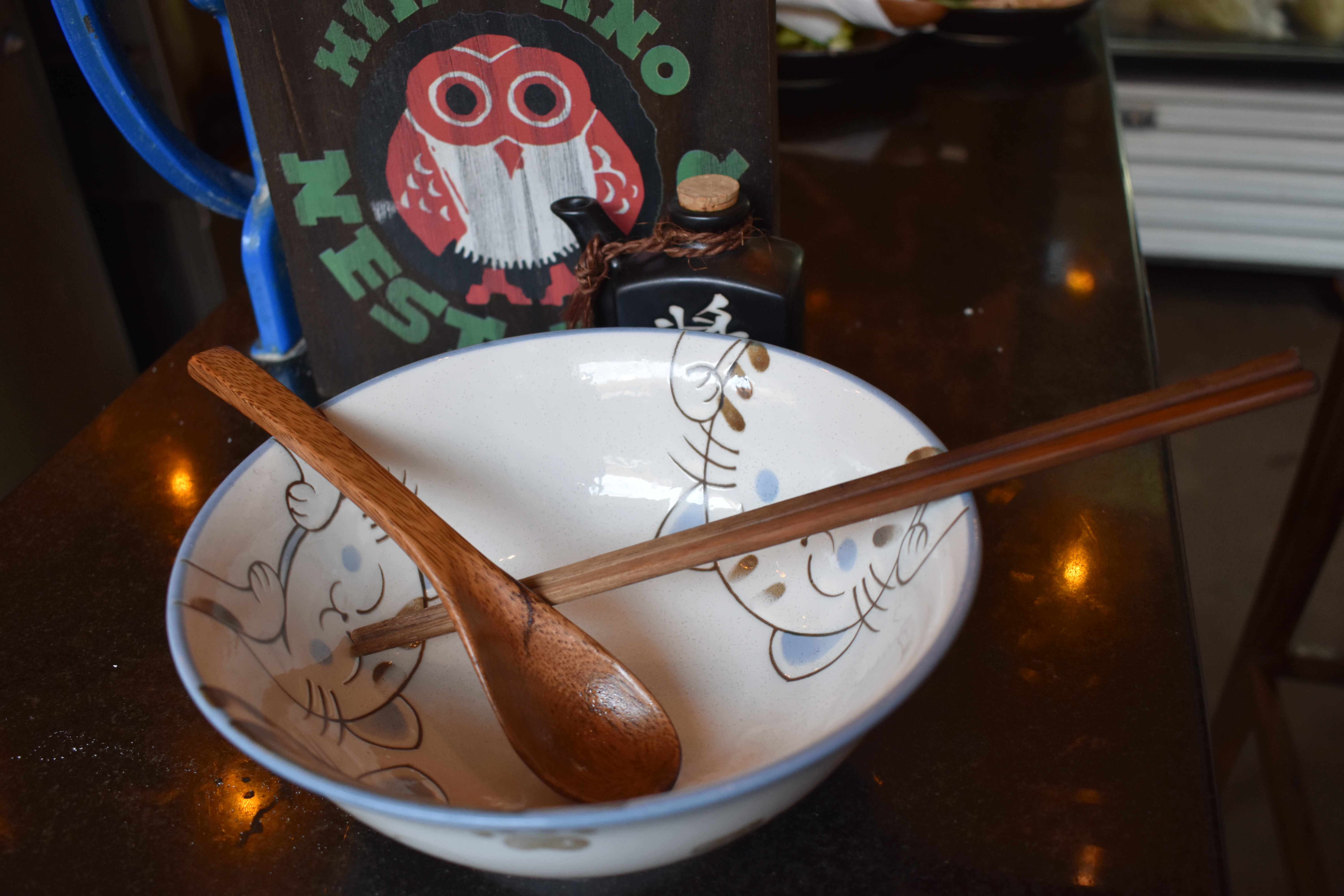
If you end up enjoying the taste of at least one Ramen on the menu of a restaurant such as ours, you should try to learn to use chopsticks. We can tie a rubber band with a spacer on the end to make them easier to use, like tongs. However, in the meantime, the etiquette to eating Ramen isn’t so strict. The most important things is to have two “tools” in your hands. One to pick up noodles and larger toppings, and the other is a spoon for the soup and smaller bits. This means, in place of chopsticks, you could use a fork to try and pick up the noodles and toppings, until you learn how to use chopsticks.
See a little cheat sheet here on how to use chopsticks. Tantanmen at Yujo’s Yatai lab
Noodles 101, Part 2 will explore the different Ramen noodle dishes on your menu and answer the Question; “To slurp or not to Slurp your noodles?”
